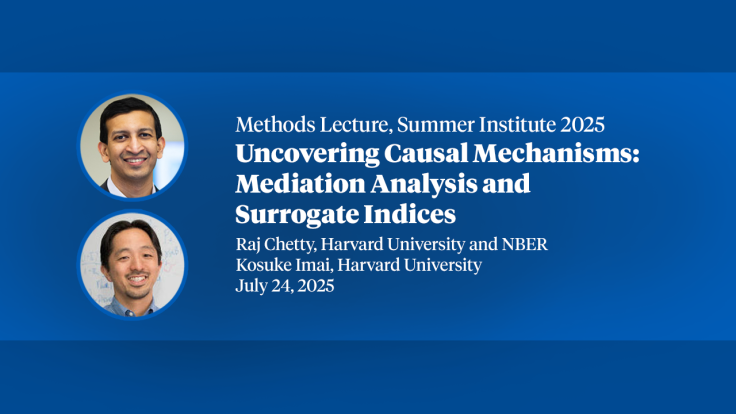The Dynastic Benefits of Early Childhood Education
Working Paper 29004
DOI 10.3386/w29004
Issue Date
This paper monetizes the life-cycle intragenerational and intergenerational benefits of the Perry Preschool Project, a pioneering high-quality early childhood education program implemented before Head Start that targeted disadvantaged African-Americans and was evaluated by a randomized trial. It has the longest follow-up of any experimentally evaluated early childhood education program. We follow participants into late midlife as well as their children into adulthood. Impacts on the original participants and their children generate substantial benefits. Access to life-cycle data enables us to evaluate the accuracy of widely used schemes to forecast life-cycle benefits from early-life test scores, which we find wanting.
-
-
Copy CitationJorge Luis García, Frederik H. Bennhoff, Duncan Ermini Leaf, and James J. Heckman, "The Dynastic Benefits of Early Childhood Education," NBER Working Paper 29004 (2021), https://doi.org/10.3386/w29004.Download Citation
-


